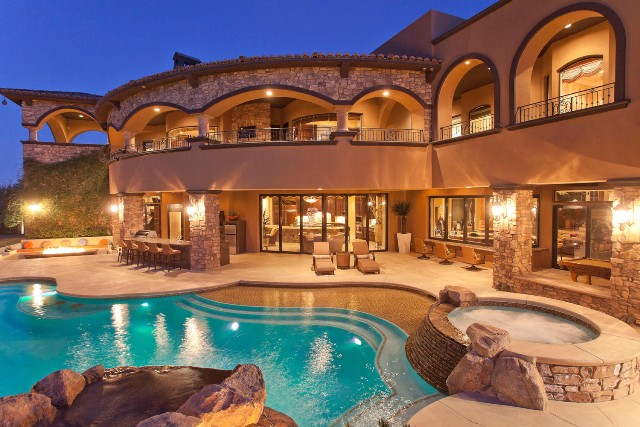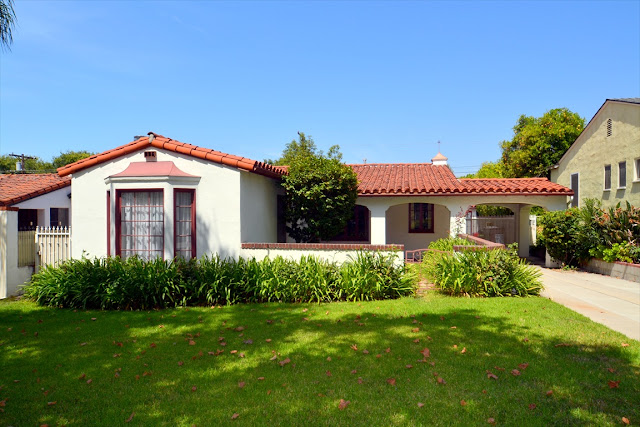MODERN INDIAN ARCHITECT (Page 4)
I would like to make one qualification here. Locally produced architectural magazines like Architecture--Design, published from Delhi, and The Indian Architect and Builder, published from Mumbai, have facilitated Some change in the nature of images accessible to the Indian architects. These magazines have featured the works of a diverse range of architects who have pursued different, more appropriate, strategies of form making and place-making. For instance, the issues of sustainability and low-cost housing are now more widely appreciated. But the point is that the power of iconic images from foreign sources Continues to dominate the imagination of the modern Indian architect.
Earlier attempts at "Indianisation Were merely literal representations of architectonic elements taken from historical buildings, like Chhatris, domes, Chhajjas and arches. Even the modernists merely transferred the images of the international style on to local buildings but Continued to use primitive technology, Skills and materials. But, from the 197OS, a few architects attempted a more interpretive Strategy by manipulating traditional building and Spatial typologies in the modernist idiom. By the 1980s their Works began to be recognised internationally by architectural Critics like Kenneth Frampton. This was also the time When locally produced architectural magazines Came into existence.
Charles Correa, an influential Indian architect based in Mumbai, who has designed several important buildings from the late 1950s all Over the Country and recently in the MIT Campus, distinguished between "transfers and transformation' by explaining that one Was about the literal quotation of historical forms - 'grave digging' - While the other was about the assimilation and reinterpretation of those forms in the Contemporary Context. He Compellingly demonstrated his transformative Strategies in Such buildings as The Legislative Assembly Building in Bhopal, Jawahar Kala Kendra in Jaipur and the Hotel Cidade de Goa in Panjim, among others. Similarly, Raj Rewal, based in Delhi, and Balkrishan Doshi, in Ahmedabad, both prominent and prolific architects now in their Seventies, have emphasised the relevance of 'traditional architecture' in their works. Using these strategies, Rewal recently completed a commission for the Ismail cultural Centre in Lisbon. The reference to iconic images in their works has been more thoughtful and subtle than the earlier attempts of the revivalists and modernists.
(Continues...)




Comments
Post a Comment